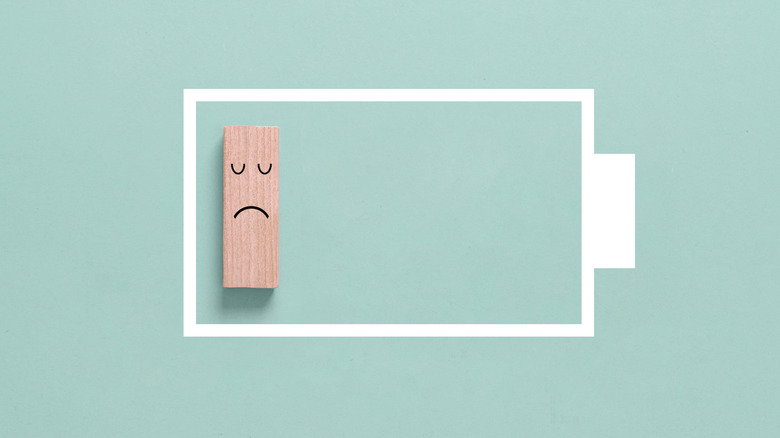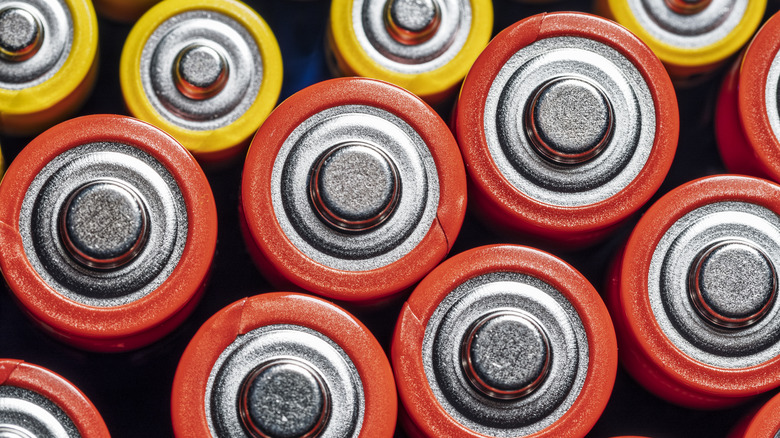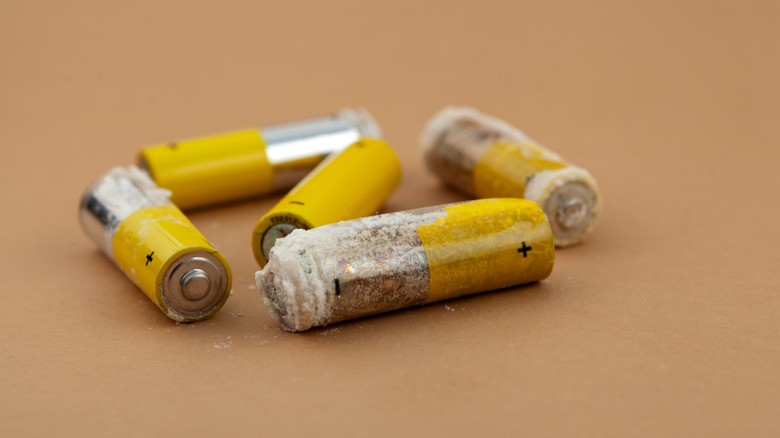What Happens To A Battery When It Expires? Understanding Shelf Life & Self-Discharge
At a glance, the many disposable and rechargeable batteries available from various brands seem like the perfect energy storage solution. They're compact, they're consistent, and in the case of rechargeables, you can use them over and over again. However, there is one major consistent problem with batteries that prevents us from relying on them exclusively: they eventually expire.
As good as batteries are at holding and delivering electricity, nothing lasts forever, especially not anything trying to pin down an electrical current. Energy is quite perky and is always looking for a way out. Even if you're not actively using a battery, it's constantly "leaking" energy away as self-discharge due to a combination of ambient conditions and the natural degradation of the materials inside the battery. As the battery nears the end of its shelf life, it becomes less capable of holding a charge, to the point that it won't be able to deliver power even if you've never used it before.
When a battery expires, it can no longer hold a sufficient charge
Much like the bag of chips in your pantry, all batteries are stamped with an expiration date. Unlike those chips, though, battery expiration works slightly differently. A battery's expiration date is estimated by its manufacturer upon its initial creation. It's an assumption of when the battery will stop functioning optimally based on the metals and chemicals inside it, typical usage scenarios, and ideal storage conditions.
When a battery reaches the end of its proverbial rope, it won't be able to carry a charge long-term anymore. Additionally, whatever energy is still left in it will leak away very quickly, possibly even faster than if you were using it in something. Even if the battery in question can be recharged, it doesn't matter. Putting more energy in an expired battery is kind of like pouring water into a bucket full of holes; it might hold it for a moment, but it'll all leak out before you can do anything with it. At this point, there's nothing practical you can do with the battery, so the only remaining course of action is to bring it to a recycling center.
Batteries gradually self-discharge faster and hold their charge for shorter periods
There are two primary factors that determine how long a battery, disposable or rechargeable, will last in the long run: self-discharge and shelf life.
Self-discharge refers to how much of a battery's stored energy is escaping from it on a regular basis. Even a brand new battery, fresh off the line, leaks a teensy bit of electricity from moment to moment, but the initial amount is minor enough to be negligible. A brand new rechargeable Li-ion battery, for example, would self-discharge about 2% of its capacity if you left it idle for a month. As time passes and the battery's internal components start to wear down, though, it becomes harder for it to hold onto its charge. This can be worsened by improper storage conditions like extremely high or low temperatures or ambient moisture.
The other major factor to be aware of is shelf life. Shelf life is similar to self-discharge rate in that it's largely determined by the battery's internal makeup and the conditions it's stored in. The difference is that shelf life is how long a battery can hold a charge, versus how quickly it depletes its charge. A pure lithium battery, for instance, usually has a shelf life of around 10 years, assuming ideal storage and usage. At the end of that timeframe, the components wear down, and self-discharge becomes noticeably worse. Basically, shelf life is the time limit for how long you can leave a battery in storage and still use it in a device. The breakdown of components can also increase the likelihood of battery acid leaks and corrosion, which can damage your electronics if you leave old batteries in them long-term.


